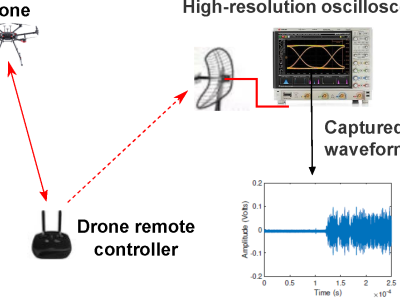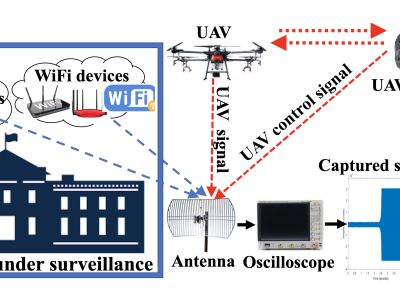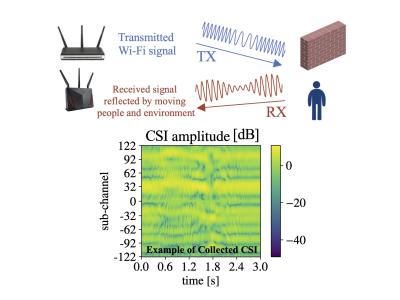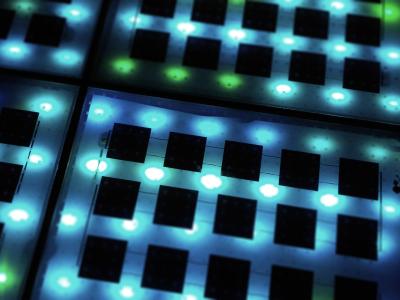Received Signal Strength Based Gait Authentication

- Citation Author(s):
- Submitted by:
- Marshed Mohamed
- Last updated:
- DOI:
- 10.21227/H2QD5W
- Research Article Link:
 606 views
606 views
- Categories:
Abstract
Expansion of wireless body area networks (WBANs) applications such as health-care, m-banking, and others has lead to vulnerability of privacy and personal data. An effective and unobtrusive natural method of authentication is therefore a necessity in such applications. Accelerometer-based gait recognition has become an attractive solution, however, continuous sampling of accelerometer data reduces the battery life of wearables. This paper investigates the usage of received signal strength indicator (RSSI) as a source of gait recognition. Unlike the accelerometer-based method, the RSSI approach does not require additional sensors (hardware) or sampling of them, but uses the RSSI values already available in all radio devices. Three radio channel features namely, the time series, auto-correlation function, and level crossing rate were extracted from unique signature of the RSSI in relation to the corresponding subject. The extracted features were then used together with 4 different classification learners namely decision tree, support vector machine, $k$-nearest neighbors, and artificial neural network, to evaluate the method. The best performance was achieved utilizing artificial neural network with $95\%$ accuracy when the features were extracted from 1 on-body radio channel (right wrist to waist), and $98\%$ when the features were extracted from 2 on-body radio channels (right wrist to waist, and left wrist to waist). The developed RSSI-based gait authentication approach can complement high-level authentication methods for increased privacy and security, without additional hardware, or high energy consumption existing in accelerometer-based solutions.
Instructions:
The data are in Watts, and the sampling rate is 5 ms.








I would like to have this datbase in order to used it as benchmark in my work.
In reply to I would like to have this by Wassila Dib